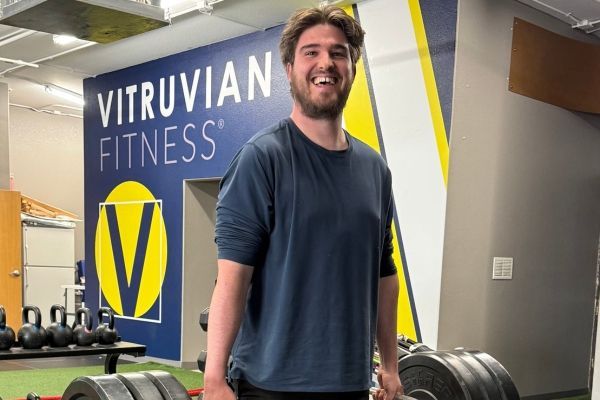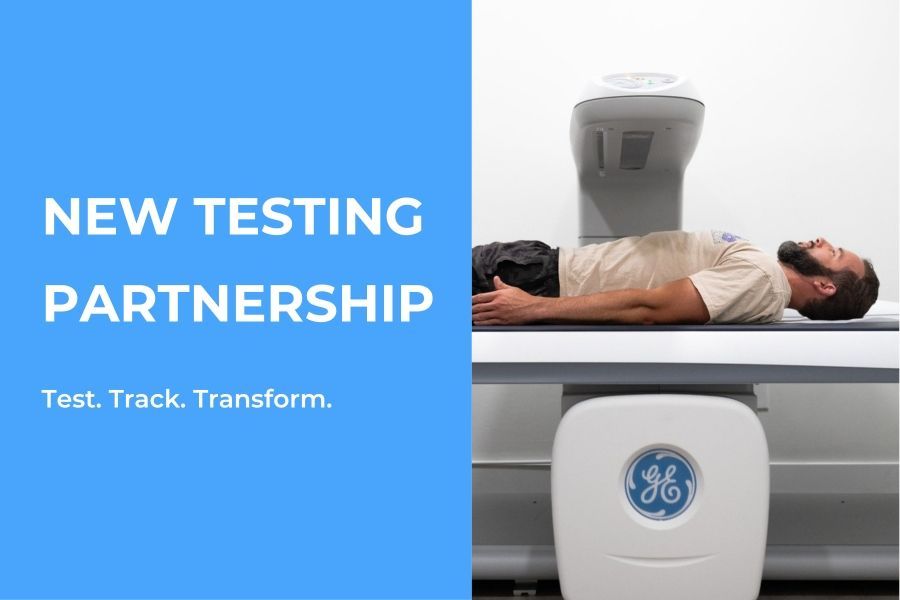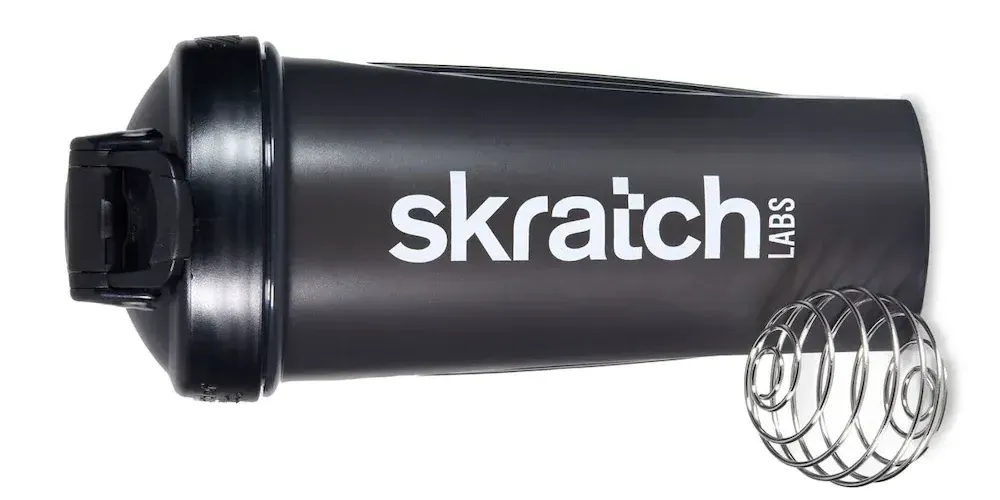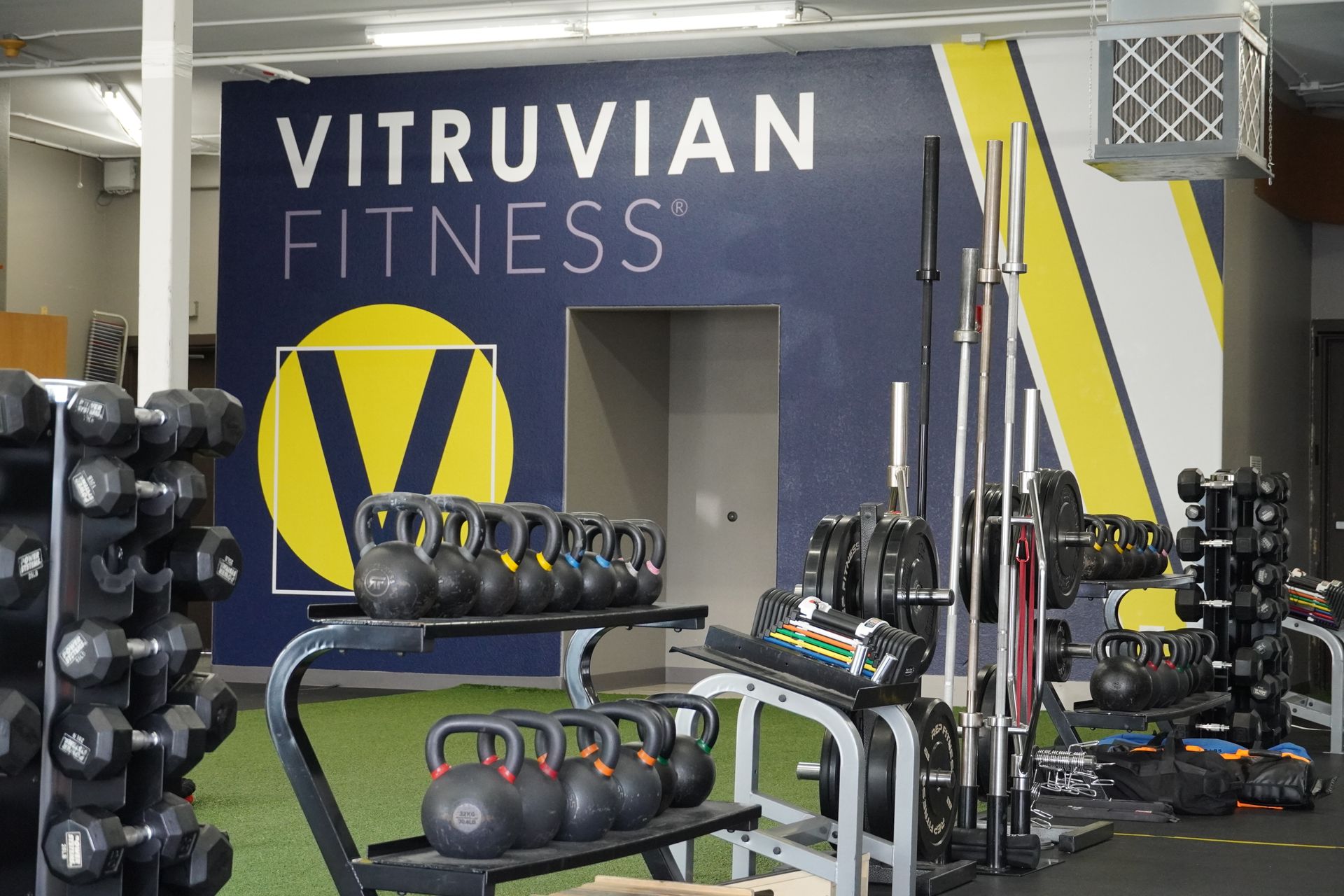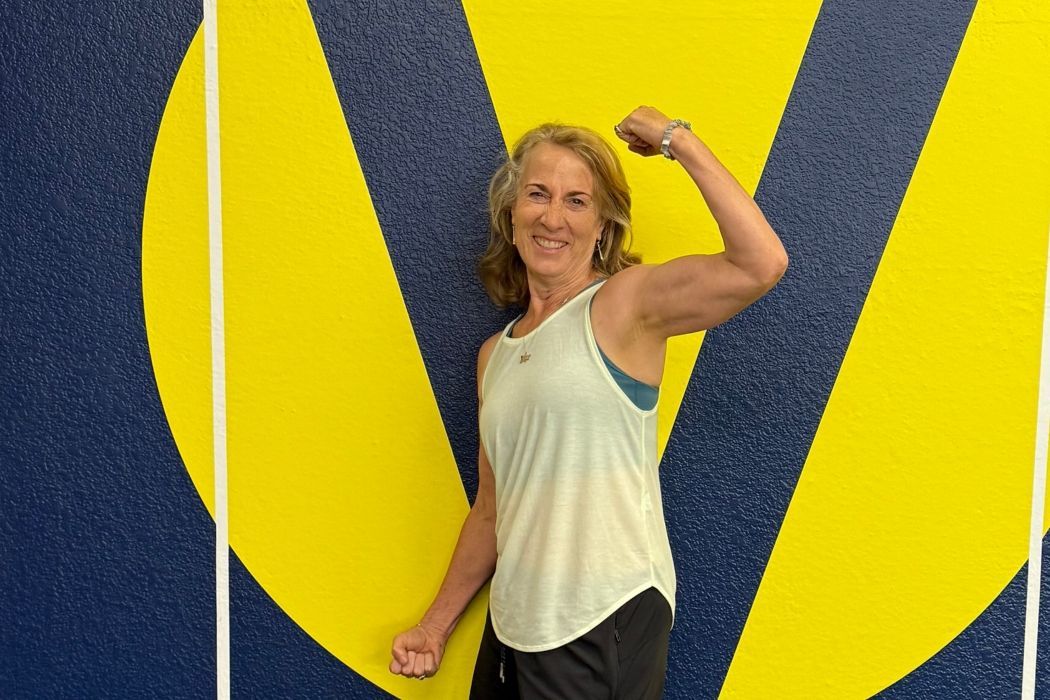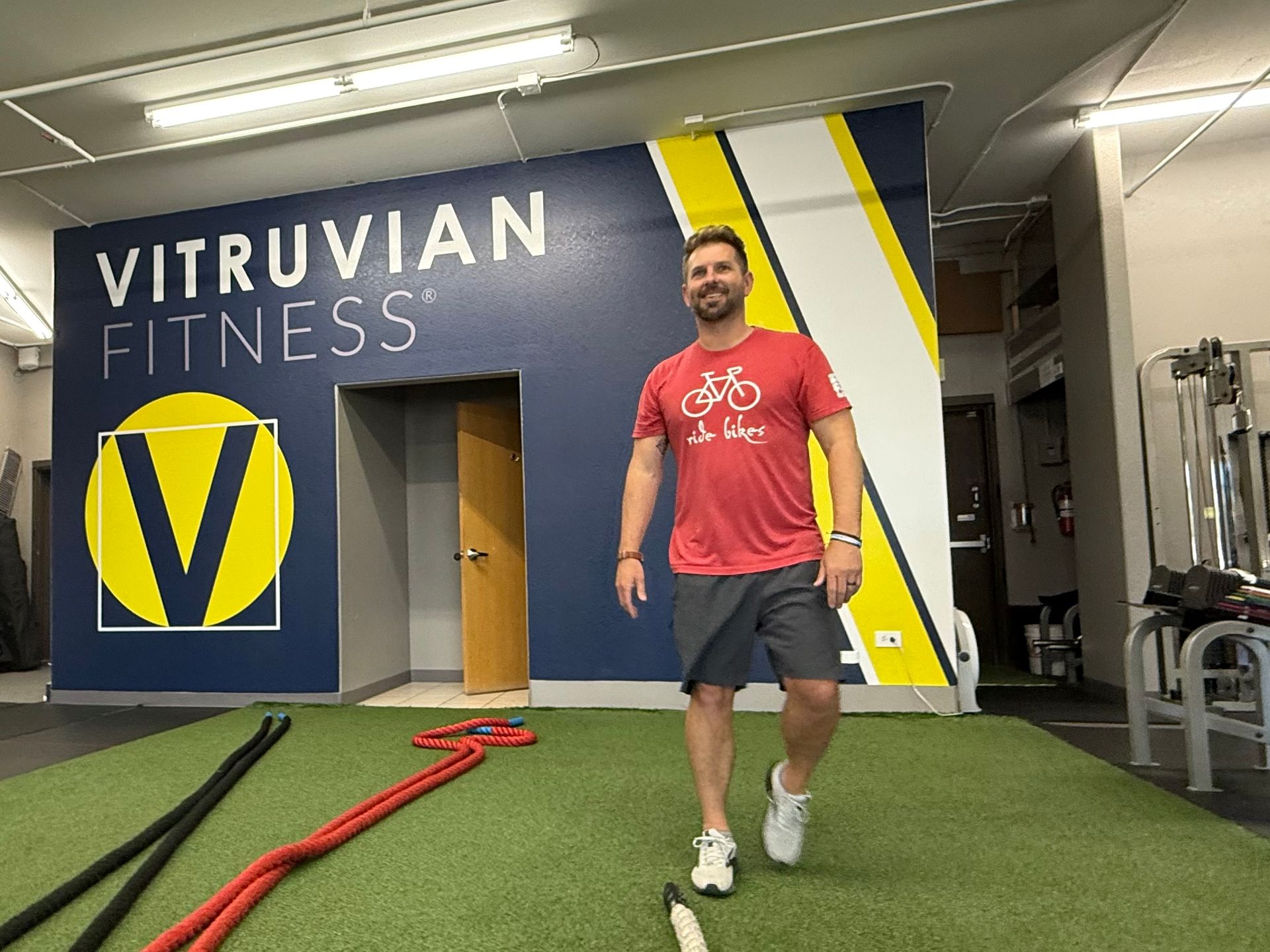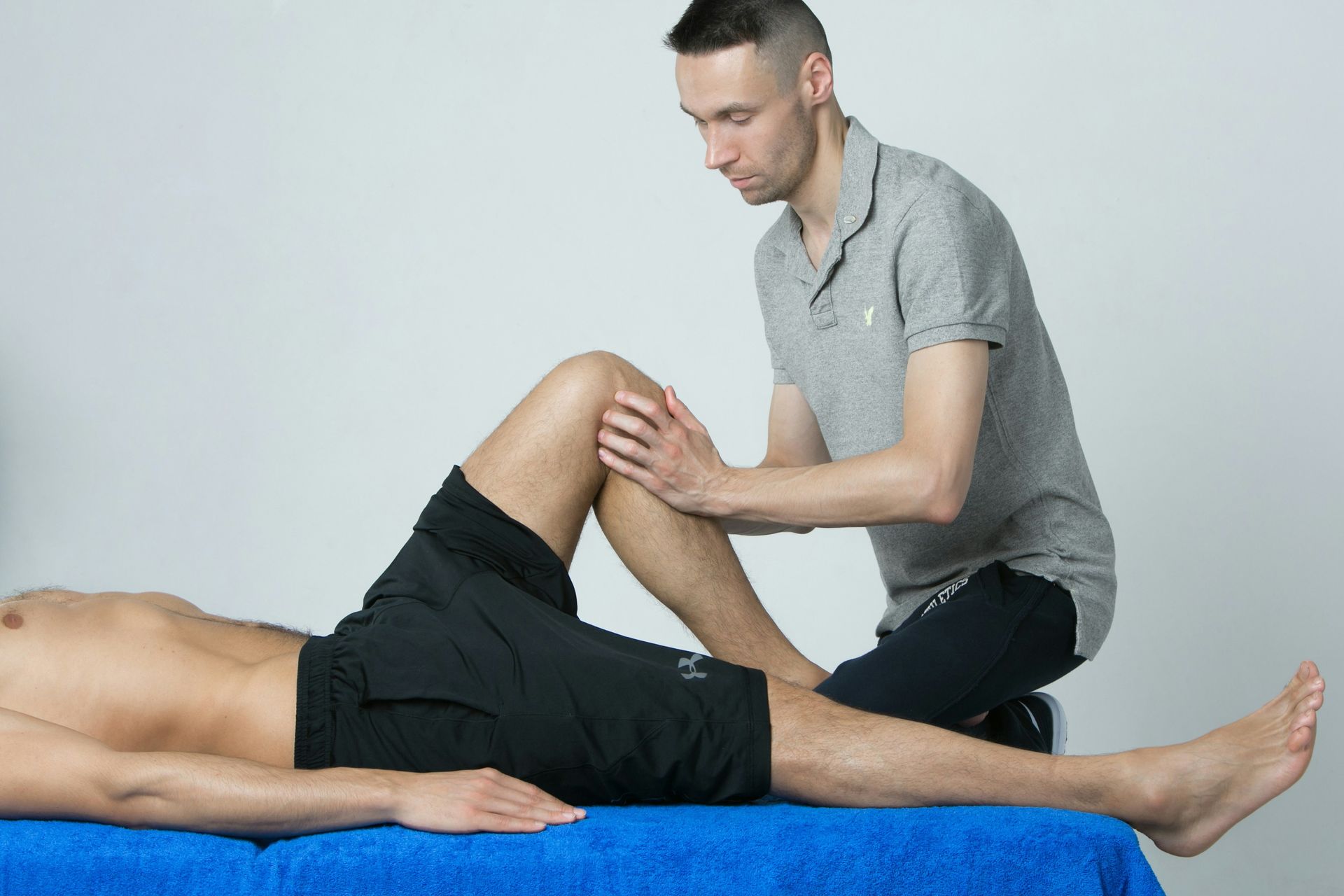Post-Exercise Nutrition
Strength Training and Post-Exercise Recovery Nutrition
As you know, strength training has a ton of benefits. It strengthens your muscles and bones. It improves your metabolic health and mental health. It prevents disease. It helps you live longer, more productive, and independent lives.
Exercise teaches you how to move better and do athletic things ranging from improving your activities of daily living to doing sporty recreational activities like riding bikes, skiing, playing sportsball, and the like.
And most of all, it makes you better looking and more interesting at parties.
As hard as it is to make time for your training, the last thing you want to do is waste your time and effort by neglecting the second most important part of your training – Post-Exercise Recovery Nutrition.
Some of you have heard me say that if you want to build a house out of Legos® but you don’t have any, you can’t build a house out of Legos.
The same thing can be said about strength training. If you don’t have enough protein in your body, your muscles won’t get stronger (or bigger, or healthier, or nuthin’).
Without further ado, here are two very simple recipes for post-exercise recovery drinks.
Within 45 minutes of the end of a vigorous weightlifting session, drink a recovery drink.
Mark’s Recipe
- Protein Powder - 20-30 grams
- 1 banana (w/out the peel)
- 1 cup “High Protein” almond-cashew milk
- Blended in a blender.
Tom’s Recipe
- Vega Sport Protein – 30 grams
- 2 tablespoons of granulated sugar or maple syrup
- Mixed in a 20-ounce shaker bottle with water.
Got that? Now here are the reasons why.
In simple terms, when you work out, you're burning up the energy stored in your body and breaking down muscle tissues. The post-exercise drink is crucial because it helps replenish the energy you used and provides the necessary protein and nutrients to repair muscle damage and build new tissue.
Once you've wrapped up your workout, your body shifts into recovery mode, where it undergoes awesome, life-enhancing adaptations. That's why the timing of your post-exercise drink is essential, and we'll dive into that in more detail below.
In addition to maintaining a balanced intake of protein, carbs, and fat throughout your regular day, your body craves even more of these nutrients after a workout to replace what it expended.
Considering the substantial investment of time, energy, and money you're putting into your training, it's important not to overlook the recovery process. Don't let any of that effort go to waste.
Now if you're interested to learn way more of the why behind all this, keep reading! Otherwise, just take our word for it and go buy some protein and a shaker bottle.
The Timing – Within 45 Minutes
The timing of post-exercise nourishment, often referred to as the "post-exercise window," is crucial for several reasons.
- Muscle Protein Synthesis (MPS): During and after exercise, especially resistance training, muscle protein breakdown occurs. Consuming protein-rich food or supplements in the post-exercise window helps stimulate muscle protein synthesis, promoting the repair and growth of muscle tissues.
- Glycogen Replenishment: Intense physical activity depletes glycogen stores, the body's primary source of energy for muscles. Consuming carbohydrates post-exercise helps replenish glycogen stores, ensuring that energy reserves are restored for future workouts.
- Optimal Nutrient Absorption: The body's ability to absorb and utilize nutrients is heightened after exercise. Nutrient-rich foods consumed during the post-exercise window are more efficiently absorbed, aiding in the recovery process.
- Prevention of Muscle Catabolism: Delaying post-exercise nutrition may lead to a prolonged period of muscle catabolism (muscle breakdown). Providing the body with essential nutrients promptly helps minimize muscle protein breakdown, preserving lean muscle mass.
- Hydration: Rehydration is crucial after sweating during exercise. Consuming water along with post-exercise nutrition helps restore fluid balance and prevents dehydration, which can impact performance and recovery.
- Increased Insulin Sensitivity: After exercise, the body becomes more sensitive to insulin, a hormone that helps shuttle glucose and nutrients into cells. This heightened sensitivity enhances the efficiency of nutrient uptake, particularly for carbohydrates and amino acids.
- Reduced Cortisol Levels: Intense exercise can elevate cortisol levels, a stress hormone that can have catabolic effects on muscle tissue. Consuming a balanced post-exercise meal can help normalize cortisol levels, supporting the body's recovery process.
- Energy Restoration: Post-exercise nutrition provides the necessary nutrients to replenish energy stores and promote overall recovery. This is particularly important for individuals engaged in frequent or intense training sessions.
The timing of post-exercise nourishment is critical for maximizing the benefits of exercise, promoting muscle repair and growth, replenishing energy stores, and optimizing overall recovery. Consuming a well-balanced meal or beverage within 45 minutes after exercise is generally recommended to take advantage of these physiological responses.
Whole Foods vs. Liquid Nourishment
Both whole foods and liquid post-exercise nourishment can be effective, and the choice between them depends on individual preferences, dietary habits, and practical considerations. Here are some factors to consider for both options.
Liquid Nourishment – Our Preference
- Rapid Absorption: Liquid post-exercise options are quickly absorbed, which can be advantageous during the post-exercise window when the body is more efficient at nutrient uptake.
- Convenience: Liquid options are often more convenient, especially for those with busy schedules. They are easy to prepare, carry, and consume on the go.
- Hydration: Fluids contribute to hydration, which is crucial for overall recovery. Liquid options can help replace fluids lost during exercise.
- Digestive Ease: For some individuals, liquid nutrition may be gentler on the digestive system, especially for those who experience discomfort with solid foods after exercise.
Whole Foods – Our Second Choice
- Nutrient Density: Whole foods provide a wide range of essential nutrients, including vitamins, minerals, fiber, and antioxidants. This can contribute to overall health and well-being.
- Satiety: Solid food tends to be more filling, which may help satisfy hunger and reduce the likelihood of overeating later. This can be beneficial for those looking to manage weight.
- Digestive Benefits: Chewing and digesting whole foods can have positive effects on the digestive system. The process of breaking down solid food can stimulate the release of digestive enzymes.
- Meal Composition: Whole foods allow for a more diverse and balanced meal composition, including a combination of protein, carbohydrates, and fats.
Ultimately, the best choice may involve a combination of whole foods and liquid options based on individual preferences, dietary needs, and lifestyle. It's important to prioritize a well-balanced intake of nutrients to support recovery and overall health. Consulting with a nutritionist can provide personalized guidance based on specific needs and goals.
What Else Should I Know?
Here are some of the ideal ingredients you’re getting in your post-exercise nutrition. (FYI, most of these ingredients are included in the Vega Sport Protein in Tom’s recipe at the beginning of this post.)
- Protein: Essential for muscle repair and growth. Sources include meats, poultry, fish, eggs, dairy products, plant-based proteins from a combination of sources like rice + beans or lentils, tofu, or store-bought protein powder.
- Carbohydrates: Replenish glycogen stores, providing energy. Carbohydrates can come from complex sources like whole grains, fruits, and vegetables. Carbohydrates can also come from simple sources like granulated sugar or maple syrup.
- Electrolytes: Lost through sweat, electrolytes like sodium, potassium, calcium, and magnesium help maintain fluid balance. Hydration products like Skratch and LMNT are convenient.
- Water: Hydration is key for optimal recovery. Drink plenty of water to replace fluids lost during exercise. Water can be found coming out of a faucet near you.
- Antioxidants: Combat oxidative stress caused by exercise. Include fruits and vegetables rich in antioxidants, such as berries, spinach, and kale.
- Healthy Fats: Provide sustained energy and are critical for hormonal balance and fat-soluble vitamin transport. Include sources like avocados, nuts, seeds, olive oil, and small cold-water wild-caught fish like sardines or salmon.
- Branched-Chain Amino Acids (BCAAs): Support muscle protein synthesis. BCAAs can be obtained from protein-rich foods or supplements. (BCAA efficacy is often debated.)
- Vitamins and Minerals: Support overall health and recovery. Ensure a balanced diet with a variety of colorful nutrient-dense foods.
Remember that individual nutritional needs may vary based on factors like the type and intensity of exercise, body weight, your goals, and your actual overall health status. So, it’s advisable to consult with a nutritionist or healthcare professional for personalized recommendations.
Summing It All Up.
Exercise and recovery combine to create a cycle that strengthens our muscles and bones, improves our metabolic health, mental health, prevents disease, makes us better looking and more interesting at parties. It also helps us live longer more productive and independent lives.
And it is a cycle indeed. Every bout of exercise requires a proportionate period of recovery that includes replenishing nutrients that were spent or lost during the exercise. Without replenishing those nutrients, all the work will have gone to waste.
After reading this, you should have a better understanding of what goes into proper recovery nourishment. You can use our simple recipes or come up with your own. Whichever version you choose, don’t shortchange your training program by leaving out this part of your training.
One Last and Very Important Thing
There are as many opinions about optimal nutrition as there are people on this Earth. People who are carnivores, omnivores, veggievores, cancer survivors, people with irregular thyroids, allergies, cultural/ethic preferences, and various bandwagons and fads may influence your choices.
If you have a system that’s working for you and it differs from this advice, that’s totally cool! If you don’t have a system, get one. We like this one. Find one you like.
Curious to learn more about Vitruvian Fitness?
We encourage you to do a 14-Day Trial Membership. In 14 days, you will get a private onboarding session that includes the Functional Movement Screen®, then unlimited semi-private training sessions doing the program we design based on that first session. And you’ll get to be a part of one of the most inviting, inclusive, and fun communities you’ll find anywhere. At the end of your trial, you get to decide if you liked it and if you want to continue with a regular 6-month membership. All the options and prices are on our Membership page.
Click here to sign up now or click the Get Started button to schedule a call to learn more.
Attribution: This article was written with assistance of ChatGPT.
You might also enjoy these posts . . .
